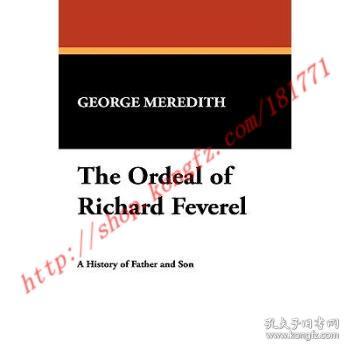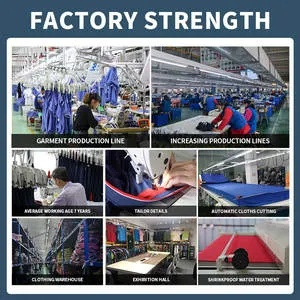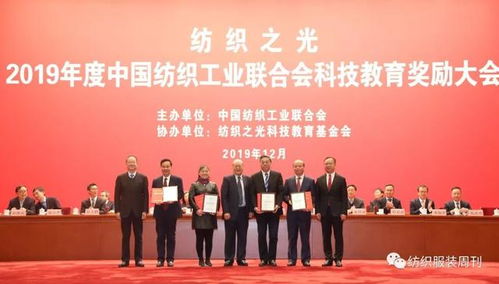The Unique Features of Textile Goods Customs Clearance
Customs clearance of textile goods is a complex process that involves various factors such as the type of textile, its origin, and the destination country. The unique features of textile goods customs clearance include the high value and diversity of products, the need for careful inspection and classification, and the potential for fraudulent activities. Customs officials must have specialized knowledge and expertise in order to properly handle these goods. Additionally, they must be able to comply with international trade agreements and regulations in order to ensure the smooth flow of goods across borders. Overall, the customs clearance of textile goods requires a comprehensive approach that takes into account the unique characteristics of each individual case.
Introduction Textile goods, as a crucial part of the global trade industry, play a significant role in promoting economic development and cultural exchange. Customs clearance is a crucial process for ensuring the smooth flow of textile goods across international borders. In this essay, we will explore the unique characteristics of textile goods customs clearance, including its complexity, time-consuming nature, and the need for precise documentation. Additionally, we will provide an example to illustrate how these features are realized in practice.
Complexity of Textile Goods Customs Clearance The complexity of textile goods customs clearance is due to the diversity of textile products and their different classification systems. For instance, there are different types of fabrics such as cotton, silk, and wool, each with its own specific characteristics and classification criteria. Furthermore, textile products may be classified as raw materials, semi-finished products, or finished products based on their processing stages. This variety of classifications requires customs officials to have a deep understanding of the textile industry and to accurately classify and categorize textile goods during customs clearance.

Time-Consuming Nature of Textile Goods Customs Clearance The time-consuming nature of textile goods customs clearance is another distinctive characteristic. The inspection process typically involves multiple steps, such as physical examination, quality testing, and documentation verification. These steps can take a considerable amount of time, especially when dealing with large volumes of textile goods. For example, if a company imports 10,000 metric tons of cotton fabrics, the customs clearance process could take up to several weeks. This lengthy period not only delays the delivery of textile goods but also adds to the overall cost of international trade.
Precise Documentation Required In addition to the complexity and time-consuming nature of textile goods customs clearance, it is also essential to have precise documentation. Customs officials require detailed information about the imported textile goods, including their origin, destination, quantity, value, and composition. This information must be accurate and complete, as any discrepancies can lead to delays or even rejection of the customs clearance process. For example, if a company fails to provide sufficient documentation for a shipment of 10,000 metric tons of cotton fabrics, they may encounter customs delays or even penalties.
Example: A Case Study of Textile Goods Customs Clearance To illustrate the practical application of these unique features of textile goods customs clearance, let us consider a case study involving a textile company importing high-quality cotton fabrics from China for export to the United States.
The textile company had to undergo a complex customs clearance process, which included physical examination, quality testing, and documentation verification. They were required to provide detailed information about the origin, destination, quantity, value, and composition of the imported cotton fabrics. The company spent several weeks preparing the necessary documentation and underwent multiple rounds of inspections before finally obtaining the customs clearance certificate.
This case highlights the importance of having precise documentation and understanding the complexities involved in textile goods customs clearance. It also demonstrates the time-consuming nature of the process and the need for careful preparation and attention to detail.
Conclusion In conclusion, textile goods customs clearance is a complex and time-consuming process that requires precision in documentation and understanding of the textile industry's classification systems. Companies involved in international trade should be well-equipped to handle these challenges and ensure a smooth customs clearance process for their textile goods. By following these guidelines and practices, companies can minimize delays and reduce costs associated with customs clearance, ultimately enhancing their competitiveness in the global market.
纺织品作为国际贸易中的重要商品,其报关流程涉及多个环节和特点,本文将详细阐述纺织品报关的特点,并通过案例分析进一步说明。

纺织品报关的特点
- 多样性:纺织品种类繁多,包括但不限于丝绸、棉布、麻纱等,每种纺织品都有其特定的材质、工艺和用途,因此报关流程也各不相同。
- 快速高效:纺织品作为快速流通的商品,其报关流程需要快速、高效,由于纺织品涉及环保、安全等特殊要求,因此需要遵循严格的国际法规和标准。
- 复杂性:纺织品报关涉及到多个环节和部门,包括海关、检验检疫、物流等,每个环节都需要准确的信息和严格的审核,以确保商品符合相关法规和标准。
- 标准化与定制化结合:随着全球化的推进,纺织品市场越来越注重个性化、定制化,纺织品报关需要同时考虑标准化与定制化的需求,以满足不同消费者的需求。
案例分析
以某纺织品出口为例,说明纺织品报关的特点与案例。
-
出口背景 某公司计划出口一批丝绸制品,涉及多个国家和地区,由于丝绸制品具有较高的环保和安全要求,因此需要遵循严格的国际法规和标准。
-
报关流程
(1)前期准备:公司需要准备相关的出口资料,包括产品信息、质量检测报告、环保认证等,还需要与海关、检验检疫等部门进行沟通,了解相关法规和标准。
(2)申报:根据前期准备的结果,公司向海关申报出口,在申报过程中,需要提供准确的材质、工艺、用途等信息,并遵守相关法规和标准。
(3)检验检疫:海关对出口商品进行检验检疫,确保商品符合相关法规和标准,如果发现问题,需要进行整改或退货处理。

(4)物流运输:在商品通过检验检疫后,公司选择合适的物流公司进行运输,需要确保商品在运输过程中保持良好状态,避免损坏或污染。
通过上述案例可以看出,纺织品报关的特点主要包括多样性、快速高效、复杂性以及标准化与定制化的结合,随着全球化的推进,纺织品市场越来越注重个性化、定制化需求,因此纺织品报关需要同时考虑这些需求,在报关过程中,需要遵循严格的法规和标准,确保商品符合相关要求,还需要注意商品的质量和环保要求,以确保出口商品的品质和安全。
英文表格补充说明
以下是英文表格补充说明纺织品报关的特点:
| 特点 | 英文描述 |
|---|---|
| 特点1 | Diversity in Textiles |
| Includes various textiles such as silk, cotton, and linen | |
| 特点2 | Fast and Efficient Clearance |
| Due to the fast circulation of textiles, the clearance process needs to be fast and efficient | |
| 特点3 | Complexity in Clearance Process |
| Involves multiple departments and authorities, including customs, inspection and quarantine | |
| 特点4 | Integration of Standardization and Customization |
| With the globalization, textiles market is increasingly focusing on the need for customized and personalized products | |
| 相关案例 | Example of Textile Export |
| 前期准备 | Prepare export data, including product information, quality testing reports, and environmental certification |
| 申报过程 | Submit export to customs according to the preparation results |
| 检验检疫 | Conduct inspection and quarantine on the exported goods to ensure compliance with relevant regulations and standards |
| 物流运输 | Select appropriate logistics company for the transportation of the goods while maintaining good condition during the transportation process to avoid damage or pollution |
纺织品作为国际贸易中的重要商品,其报关流程涉及多个环节和特点,本文通过案例分析进一步说明了纺织品报关的特点与案例,在实际操作中,需要遵循严格的法规和标准,确保商品符合相关要求,还需要注意商品的质量和环保要求,以提高出口商品的品质和安全。
Articles related to the knowledge points of this article:
The Role of Textile Testing Laboratories in the Fashion Industry
The Essential Guide to Textile Export Coding
The Fabrication of a Future:A Comprehensive Guide to Textile Planning
Exploring the Rich Tapestry of Textiles from Nantong Mei Nián Hua
The Fabric of Innovation at Qingdao Qingya Textiles
Navigating the Global Market with Nantoghs Textile Excellence



